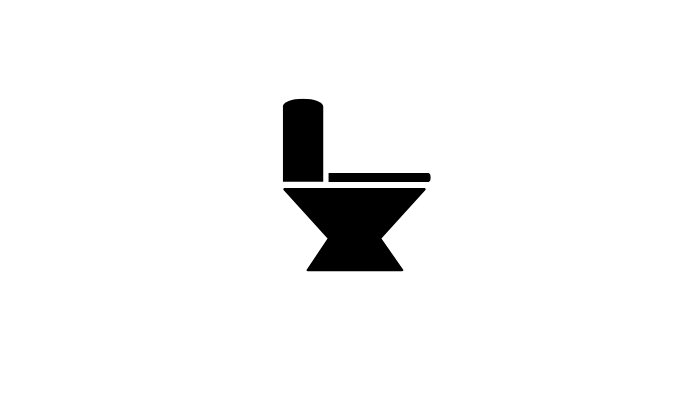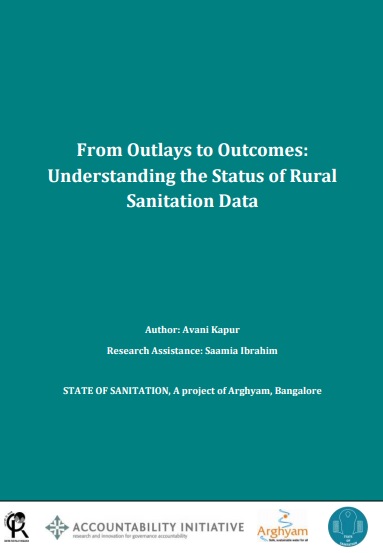
Swachh Bharat Mission- Gramin or SBM-G is the Government of India’s (GoI) flagship rural sanitation programme.
Using government data, this brief reports on trends for SBM-G along the following parameters:
■ Allocations and expenditures
■ Physical progress of toilets built
■ Expenditures incurred under Information, Education and Communication (IEC) activities
■ Coverage and open defecation (OD)

The Swachh Bharat Mission – Urban (SBM-U) is the Government of India’s (GoI) nationwide flagship programme targeting universal sanitation coverage in urban areas.
Using government data, this brief reports on:
■ Allocations and releases
■ Physical progress of toilets built and Solid Waste Management (SWM)
■ Funds released for Information, Education and Communication (IEC) activities
■ Progress towards ending Open Defecation

The Swachh Bharat Mission (SBM), previously called the Nirmal Bharat Abhiyan (NBA),is the Government of India’s (GOI) flagship programme for providing access to sanitation facilities.
Using government data, this brief reports on trends for SBM along the following parameters:
- Allocations and expenditures
- Physical progress of toilets built and
- Expenditures incurred under Information, Education and Communication (IEC)activities





